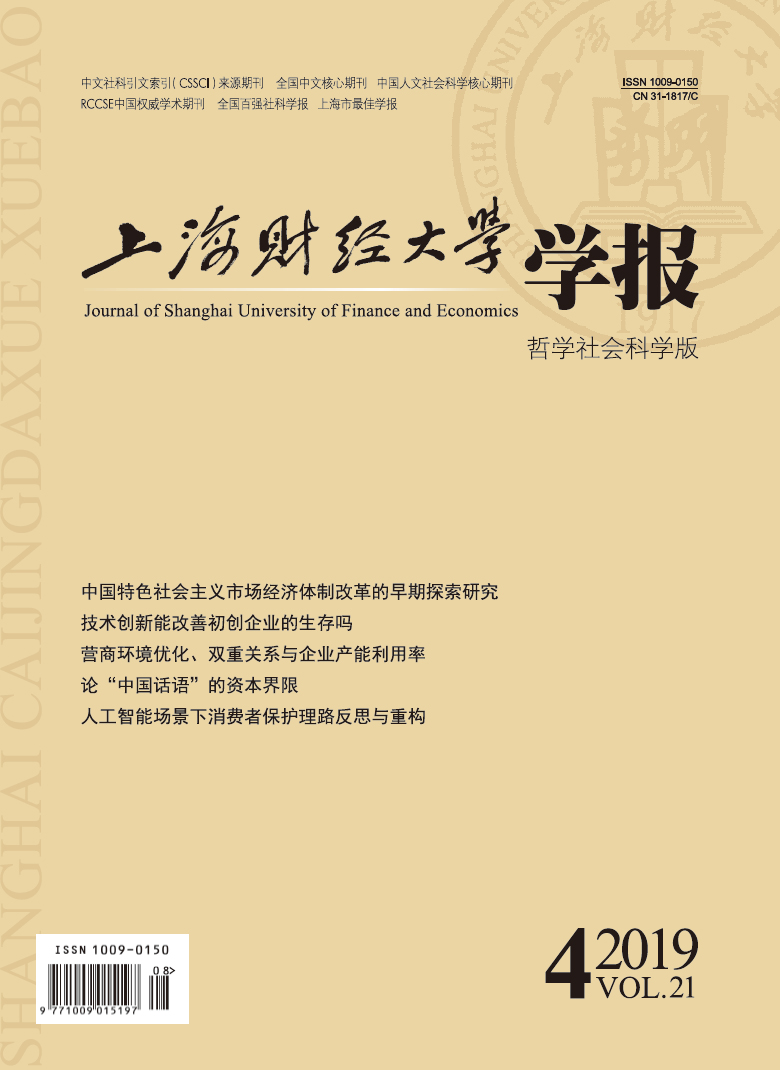At present, the social insurance contribution rate of urban employees in China is as high as 40%. The excessive payment rate will bring heavy burden to enterprises and employees. Report of the Nineteenth National Congress of the Communist Party of China emphasizes the need to continue to reduce the premium rate of social insurance. However, as the degree of population aging deepens, the sustainability of social insurance funds is gradually being impacted. In this background, can we simultaneously achieve the two goals of reducing the social insurance contribution rate and fund sustainability? Taken the basic pension insurance for urban employees as an example, in the context of lowering the premium rate of social insurance, this paper uses the actuarial model to analyze whether social insurance funds can operate sustainably in the short-term (2019−2025) and medium-term (2019−2050). Therefore, it provides an empirical reference for the government to promote the implementation of the tax reduction and fee reduction policy. The study finds that: (1) If there is no policy intervention, the fund will start to have a cumulative deficit around 2027. Since then, the cumulative deficit has expanded year by year. (2) In the short term, regardless of whether or not to introduce a policy to improve the financial operation of the fund, a further 1% reduction in the premium rate will not affect the sustainability of the fund. (3) After the implementation of the universal two-child policy, the fund is still running a cumulative deficit in 2027. (4) In the medium term, even if the universal two-child policy is implemented and the payment compliance is improved, the fund will start to have a cumulative deficit between 2029 and 2045; however, with the increase of payment compliance, the cumulative deficit scale shows a downward trend, and improving the payment compliance and implementing the universal two-child policy will not guarantee the realization of the two goals of reducing the payment rate and sustainable fund development in the medium term (2019−2050). (5) After further delaying the retirement age, the fund will not run a cumulative deficit until 2050, and the cumulative balance will be 10.63−150.06 trillion yuan by 2050. Under this assumption, the fund will have a balance in 2050, thus creating a reduction room for 0.5−4.75 percentage point in the contribution rate; at the same time, it does not affect the sustainability of the fund. In summary, in the short term, the goals of reducing the premium rate of social insurance and fund sustainability can be achieved. But in the medium term, the introduction of policy adjustments can achieve the above two goals. Therefore, in order to reduce the burden of corporate contributions and ensure the sustainability of the fund, the government should encourage fertility, improve payment compliance, and implement a delayed retirement age policy as soon as possible.
 / Journals / Journal of Shanghai University of Finance and Economics
/ Journals / Journal of Shanghai University of Finance and EconomicsJournal of Shanghai University of Finance and Economics
LiuYuanchun, Editor-in-Chief
ZhengChunrong, Vice Executive Editor-in-Chief
GuoChanglin YanJinqiang WangWenbin WuWenfang, Vice Editor-in-Chief
Decreasing the Premium Rate of Pension Insurance and the Sustainability of Pension Insurance Fund: Can You Have Your Cake and Eat It?
Journal of Shanghai University of Finance and Economics Vol. 21, Issue 04, pp. 100 - 111 (2019) DOI:10.16538/j.cnki.jsufe.2019.04.008
Summary
References
Summary
Cite this article
Zeng Yi, Li Xiaolin. Decreasing the Premium Rate of Pension Insurance and the Sustainability of Pension Insurance Fund: Can You Have Your Cake and Eat It?[J]. Journal of Shanghai University of Finance and Economics, 2019, 21(4): 100-111.
Export Citations as:
For
ISSUE COVER
RELATED ARTICLES





 5957
5957  8753
8753

